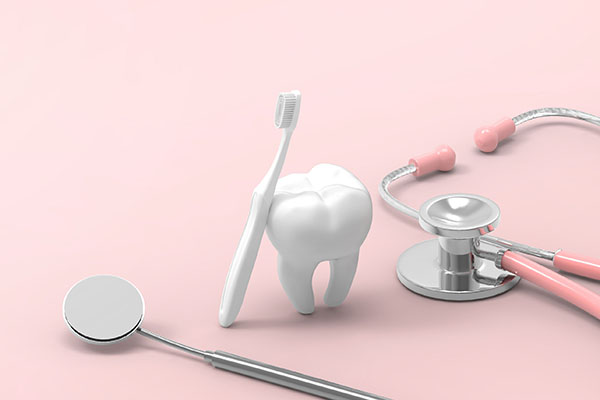 Your insurance provider might cover cosmetic dental services depending on if they are deemed elective or essential. Most dental insurance providers cover essential treatments that help restore or keep your mouth healthy, but you are typically on your own when it comes to elective treatments that your insurance provider does not deem necessary. Fortunately, many cosmetic dental services also provide therapeutic benefits, making them essential for some patients.
Your insurance provider might cover cosmetic dental services depending on if they are deemed elective or essential. Most dental insurance providers cover essential treatments that help restore or keep your mouth healthy, but you are typically on your own when it comes to elective treatments that your insurance provider does not deem necessary. Fortunately, many cosmetic dental services also provide therapeutic benefits, making them essential for some patients.
Figuring out if the cosmetic dental services that you need are essential or elective
The reason that a cosmetic treatment is being performed determines if it is essential or elective. Conditions that make cosmetic treatments essential include:
- The treatment is being used to address disease or decay.
- The treatment is used to fix damage caused by an injury or accident.
- The cosmetic treatment is performed to improve the patient’s teeth or to replace missing teeth.
Treatments are typically classified as elective if:
- The procedure is performed to improve how the patient’s smile looks.
- The teeth or gum tissues being treated are not decayed, impaired, or damaged.
- There is no medical reason for performing the treatment.
Examples of cosmetic treatments that insurance providers might cover include the following.
1. Crown placement
Crowns are versatile restorations that provide restorative and therapeutic benefits. Placing a crown on a tooth purely for cosmetic reasons would not be covered by insurance providers, but crowns are rarely used strictly for aesthetics.
Placing a crown on a tooth requires the dentist to shave off enamel from its sides. This creates a better fit with the crown. It is a permanent procedure that cannot be reversed in the future. That means the tooth will always need a crown to serve as its artificial protection.
Dentists rarely use crowns for strictly cosmetic reasons because less-invasive composite bonding can be used to fix many issues. Problems that dentists typically recommend crowns for include tooth decay, broken teeth, and fractured teeth. When this is the case, the placement of the crown counts as an essential treatment.
2. Composite bonding
This treatment involves rebuilding teeth with composites made from glass and plastic mixtures. The composite is applied directly to the patient’s teeth and hardened with a blue light. Composite bonding is a versatile treatment, so it can count as essential or elective depending on why the dentist performs the treatments. If it is being used to address issues like discolored teeth, the procedure counts as elective. It is being used to address issues like tooth decay, the treatment is classified as essential. Either way, the aesthetics of the patient’s teeth are improved.
3. Bite-altering treatments
Treatments like the installation of braces count as essential when used to fix issues caused by injury or an accident.
Restore your smile
Cosmetic dentistry has many treatments that can be used to create the smile that you have always wanted. Give us a call or stop by our Modesto clinic to set up an appointment with our dentist.
Request an appointment or call Great Smiles Dental at 209-222-3636 for an appointment in our Modesto office.
Related Posts
If you suffer from crooked, damaged, or discolored teeth, cosmetic dental services may be able to help. Bright, straight teeth can boost your confidence and make you more willing to share your smile with the world.Dentists offer various cosmetic dental services, so there are plenty of options available depending on your budget and what is…
Cosmetic dental services, such as indirect fillings, can improve your smile and dental health. Many cosmetic dental services are elective rather than essential, but indirect fillings are restorative treatments for tooth decay and alternatives to conventional fillings. They are durable and fitted to the patient’s mouth and can be fabricated from materials like gold.Many patients…
Cosmetic dental services can restore the aesthetics of decayed, damaged, or deformed teeth. Teeth can become chipped due to their structures being weakened by tooth decay or due to trauma from a blow to the face.A severe chip that reaches the innermost layers of a tooth is classified as a dental emergency because it leaves…
